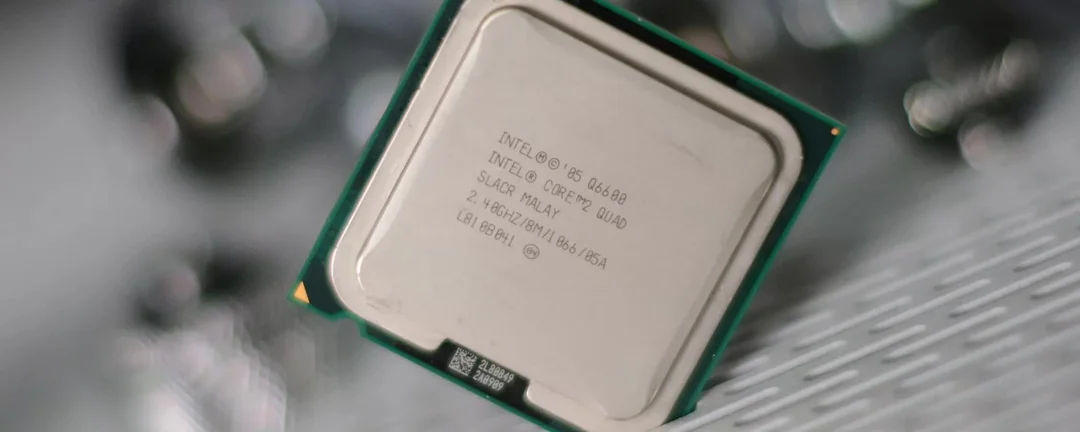
Nvidia’s Retro RTX Experiment: Core 2 Meets Ray Tracing Reality – A Disappointment?
Nvidia's recent driver update sparked excitement among retro PC enthusiasts, suggesting a path to pair modern RTX 50-series GPUs with ancient Intel Core 2 CPUs. But does it actually work? The initial promise of breathing new life into old systems has met with some harsh realities. Is this a breakthrough or just a fun science experiment?
The key change was Nvidia dropping the POPCNT instruction requirement in their drivers. This seemingly small tweak theoretically opened the door for older CPUs, dating back over 15 years, to work with the latest graphics cards.

Tinkerer Bob Pony bravely tested this theory, pairing an Intel Core 2 Quad Q9450 with an RTX 5060 Ti. Initially, Pony happily confirmed that the system booted into Windows 11. "It works!" he exclaimed. "However, the dream quickly turned into a struggle."
The challenge arose when Pony attempted to run modern, ray-traced games. He quickly discovered that the Core 2 Quad couldn't handle them. As Pony stated, he "can't play [the] majority of games that use ray tracing due to the processor lacking some instruction sets required for the game to run." Quake II RTX ended in crashes. While the GPU was capable, the CPU simply lacked the necessary horsepower and instruction sets like AVX, crucial for modern gaming and ray tracing.
So, what’s the takeaway? While Nvidia's driver update technically allows older CPUs to function with new GPUs for basic tasks and older games, don't expect high-end ray-traced gaming on your retro rig.
This isn't the renaissance of vintage gaming, but more of a curiosity. It's worth mentioning that this isn't the first time an instruction set has been the barrier to aging systems. When Microsoft began previewing Windows 11, POPCNT was a required hardware feature alongside Secure Boot and TPM, which disqualified many older processors.
However, all is not lost. While ray-traced titles are out, there's value in pairing a modern GPU with an older CPU for classic or mid-tier games.
So, even if the driver loads, the CPU still needs to speak a few languages invented after Vista, and ray tracing dreams are looking as viable as running Cyberpunk 2077 on a toaster. But older games and non-RT workloads may run surprisingly well
While this setup isn't suddenly competition-ready, it's still a fun BIOS trick. Are you ready to see how one can bend time and logic in a PCIe slot?
What are your thoughts on this unexpected compatibility? Share your opinions and experiences in the comments below!